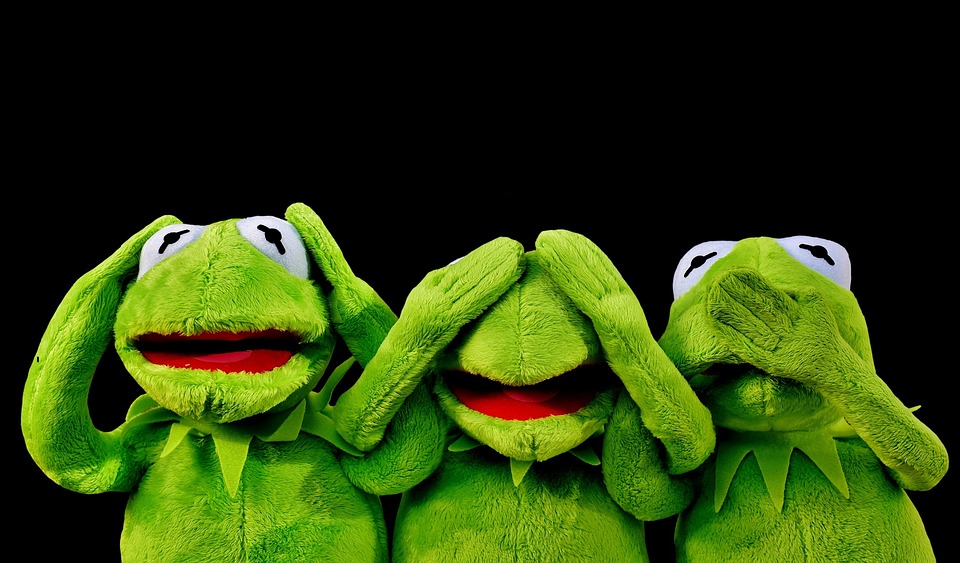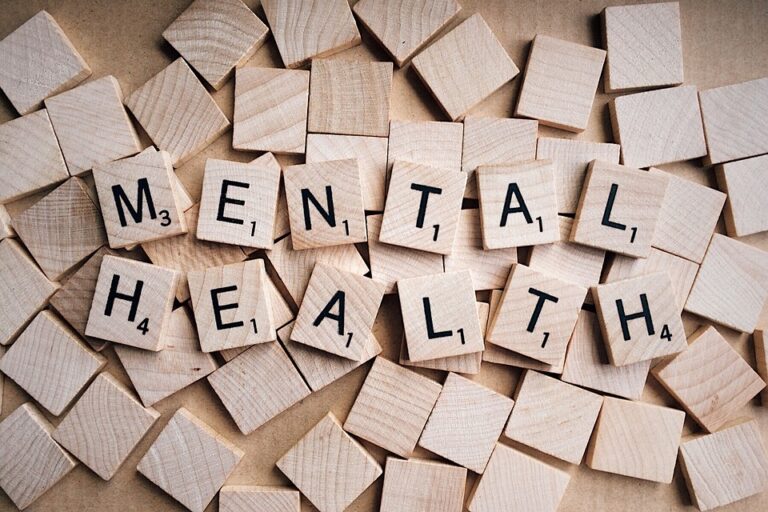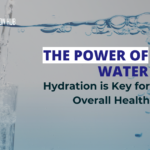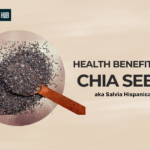Losing fat while preserving muscle mass is a common challenge for many people aiming to improve their physique and overall health. The problem is that when dieting, especially with traditional calorie-reduction methods, individuals often lose muscle along with fat. This can slow metabolism and undermine fitness goals. In contrast, following a well-structured meal plan can help you lose fat, not muscle. In this guide, we’ll explore how to effectively create a meal plan that achieves this balance.
Understanding the Importance of Preserving Muscle Mass
When embarking on a fat-loss journey, losing muscle can be a significant setback. Muscle mass plays a crucial role in maintaining a healthy metabolism and supporting overall physical performance. Research indicates that maintaining muscle while losing fat leads to better long-term health outcomes and improved body composition. A study published in The American Journal of Clinical Nutrition emphasizes that higher muscle mass correlates with lower mortality rates and improved metabolic function (Smith et al., 2022).
The Role of Protein in Muscle Preservation
Protein is essential when trying to lose fat, not muscle. It repairs and builds muscle tissue and has a higher thermic effect than fats or carbohydrates, meaning you burn more calories digesting it.
Key Points to Remember:
- Aim for 1.6 to 2.2 grams of protein per kilogram of body weight.
- Include a variety of protein sources such as lean meats, fish, dairy, legumes, and nuts.
Crafting Your Meal Plan
Let’s break down how to construct an effective meal plan that emphasizes fat loss while preserving muscle mass.
Caloric Deficit vs. Nutrient Density
While being in a caloric deficit is necessary for fat loss, the quality of your calories is just as critical. Focus on nutrient-dense foods that provide essential vitamins and minerals without excessive calories.
Food Choices Include:
- Fruits and Vegetables: These are low in calories but high in vitamins, minerals, and fiber.
- Whole Grains: They provide sustained energy and are rich in fiber.
- Healthy Fats: Include sources like avocados, nuts, seeds, and olive oil for satiety and nutrient absorption.
Sample Meal Plan
Here’s a basic outline of a one-day meal plan aimed at optimizing fat loss while protecting muscle mass. Feel free to mix and match based on your preferences.
Breakfast
- Scrambled eggs (3 large) with spinach and tomatoes
- 1 slice of whole-grain toast
- ½ avocado
Snack
- Greek yogurt (150g) with mixed berries
Lunch
- Grilled chicken breast (120g)
- Quinoa (1 cup cooked)
- Mixed greens salad with olive oil and lemon dressing
Snack
- Hummus (2 tbsp) with carrot and cucumber sticks
Dinner
- Baked salmon (150g)
- Steamed broccoli and sweet potato (1 medium)
Evening Snack (if needed)
- Cottage cheese (150g) with sliced peaches
The Role of Exercise
While diet is fundamental, exercise plays a crucial supporting role in preserving muscle during weight loss. Resistance training, in particular, helps stimulate muscle protein synthesis, enabling muscle retention.
Incorporating Resistance Training
Engage in full-body weight training at least 2-3 times a week. Focus on compound movements such as squats, deadlifts, and bench presses, which engage multiple muscle groups.
Benefits of Resistance Training:
- Enhances muscle retention during caloric deficits.
- Increases metabolic rate.
- Improves overall body composition.
Conclusion
Losing fat while preserving muscle is achievable with the right meal plan and exercise routine. By prioritizing protein intake, focusing on nutrient-dense foods, and incorporating resistance training, you can effectively reach your goals. Remember, the journey is about progress, not perfection. Start implementing these strategies today and take control of your health.
For more tips on nutrition, check out our guide on "Maximizing Your Workout with Proper Nutrition."
Frequently Asked Questions
How can I lose fat, not muscle?
To lose fat without sacrificing muscle, focus on a high-protein diet, maintain a moderate caloric deficit, and engage in regular resistance training.
What should I eat to preserve muscle while losing fat?
Include lean proteins, whole grains, healthy fats, and plenty of fruits and vegetables in your meals to support muscle maintenance during fat loss.
Is it possible to gain muscle while losing fat?
Yes, by following a proper nutrition plan and incorporating strength training, many people can gain muscle while losing fat, especially if they are beginners or returning to training.
How much protein do I need to preserve muscle on a fat loss diet?
aim for 1.6 to 2.2 grams of protein per kilogram of body weight to help preserve muscle mass during fat loss.
Can I lose weight without losing muscle?
Yes, it’s entirely possible by ensuring a balanced diet with sufficient protein, maintaining a moderate caloric deficit, and engaging in regular resistance training.
What role does exercise play in losing fat and maintaining muscle?
Exercise, particularly resistance training, helps stimulate muscle growth and repair, supporting muscle retention even while in a caloric deficit aimed at fat loss.








